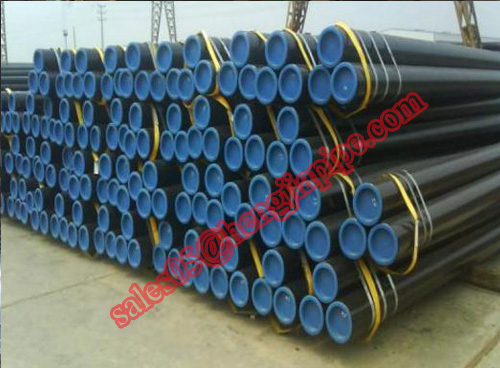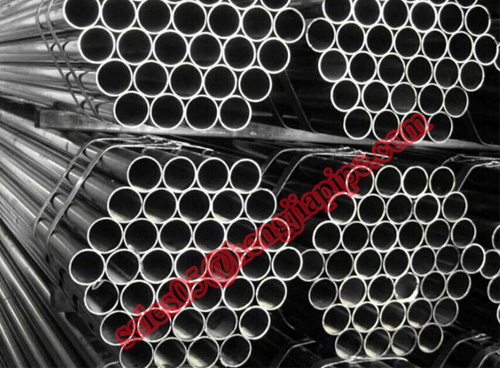[Dry goods] coking wastewater treatment process and type Xiangjie
Coking wastewater treatment has always been a major problem in the field of sewage treatment at home and abroad. The pollutants in waste water are complex and contain heterocyclic compounds such as volatile phenol, polycyclic aromatic hydrocarbons, oxygen, sulfur, sulfur and nitrogen. It is a high concentration organic industrial wastewater which is difficult to be biodegraded. At present, coking wastewater treatment generally go through pretreatment, secondary treatment and advanced treatment before it can reach the standard discharge. Coking wastewater pretreatment technology: anaerobic acidification, flotation, coagulation and sedimentation; secondary treatment of many ways, there are biochemical methods, physical methods, chemical methods, and physical - chemical methods; Coking wastewater advanced treatment Technology has chemical oxidation, breakpoint chlorination, flocculated sedimentation supplemented by chlorination, adsorption filtration assisted by ion exchange method. However, the most commonly used method is that the coking wastewater passes through the grease trap and the secondary flotation pond removes the oil and undergoes multi-stage aeration biological treatment before it is discharged after being deeply treated by the oxidation pond or adsorption method. 1 wastewater source Coking wastewater is coking, gas in the high temperature retort, purification and by-products recycling process, containing volatile phenol, polycyclic aromatic hydrocarbons and oxygen, sulfur, nitrogen and other heterocyclic compounds of industrial wastewater, is a high CODcr, high phenol value, high Ammonia nitrogen and difficult to handle a kind of industrial organic wastewater. There are three main sources: First, the remaining ammonia, which is generated in the distillation of coal and gas cooling out of the water, accounting for more than half of the total amount of coking wastewater, is the main source of coking wastewater; the second is in the gas purification process The resulting waste water, such as gas and cold water, crude benzene separation water; Third, tar, benzene and other refining process and other occasions generated wastewater. 2 wastewater characteristics Pollutants contained in coking wastewater include phenols, polycyclic aromatic compounds and heterocyclic compounds containing nitrogen, oxygen and sulfur, which are typical industrial wastewater containing refractory organic compounds. Coking wastewater in the easy degradation of organic matter mainly phenolic compounds and benzene compounds, acenaphthene, naphthalene, furan, azole class are degradable organics. Biodegradable organic matter are mainly pyridine, carbazole, biphenyl, terphenyl and so on. The quality of coking wastewater due to the plant process and production methods of operation vary widely. General coking plant steaming ammonia wastewater quality is as follows: CODcr3000-3800mg / L, phenol 600-900mg / L, cyanide 10mg / L, oil 50-70mg / L, ammonia nitrogen 300mg / L or so. If CODcr by 3500mg / L dollars, ammonia nitrogen by 280mg / L dollars, the minimum per ton of coke can produce 0.65kgCODcr and 0.05kg ammonia nitrogen, the national machine coke production of 70 million tons, the annual can produce 45500 tons of CODcr and 3500 tons of ammonia nitrogen, If the sewage is not treated, it will cause much pollution to the environment. 3 wastewater treatment methods Coking plant wastewater treatment currently there are many ways, the most important way should be considered coking wastewater treatment. Such as the construction of the plant site selection should be demonstrated wastewater treatment program, give full consideration to the site of the upper and lower reaches and the surrounding situation, not in the vicinity of water supply and have special requirements; can the treated water to nearby coal-washing plant , Iron and steel plant integrated wastewater treatment plant, urban sewage treatment plant, the more reasonable solution to the wastewater treatment must also be considered. Followed by wastewater treatment can not be a single consideration, but should be unified with the gas purification process design considerations. From the wastewater treatment plant, each process is designed as required to reduce the burden on the final wastewater treatment plant. For example, Shanghai Baosteel Phase III Project will combine steaming ammonia plant and waste water treatment into a workshop so that it can discharge as required. The treated waste water should be used in the factory as much as possible, such as replenishment of quenching water, replenishment of dedusting water and sprinkling of water in the coal yard so as to reduce the external discharge and take measures to prevent the adverse impact on the environment and equipment. 4 Coking wastewater treatment technology at home and abroad At present, 80% of the domestic coking plant commonly used is the traditional biological nitrogen removal process as the core of coking wastewater process. Divided into pretreatment, biochemical treatment and advanced treatment. Pretreatment mainly uses physicochemical methods such as degreasing, steaming, extraction and phenol removal; biochemical treatment process is mainly A / O, A2 / O and other processes; depth treatment of the main processes are activated carbon adsorption, activated carbon - biofilm and Oxidation pond method. In Europe, coking wastewater treatment is a common process to remove suspended solids and oil contaminants, and then the use of ammonia to remove ammonia nitrogen, and then the use of bio-oxidation to remove phenol and thiocyanate sulfur thiosulfate. In some cases, the final depth treatment of the wastewater before its discharge is also made. In the United States, coking plant wastewater treatment process is: tar off - steam ammonia process - activated sludge and sludge dewatering system. Comprehensive look, foreign coking wastewater treatment methods are basically the same with our country. Physical treatment method 1 adsorption method Adsorption method is the use of porous adsorbent adsorption of sewage in one or more solutes, so that sewage is purified. Activated carbon is one of the most commonly used adsorbents, activated carbon adsorption method for the depth of sewage treatment. Liu Junfeng and other high-temperature slag filtration, and then Nankai licensing H2103 macroporous resin adsorption phenol 520mg / L, COD3200mg / L of coking sewage, effluent after treatment to meet the national emission standards. 2 coagulation and flocculation precipitation method Coagulation method is to add coagulant to the wastewater and make it hydrated with hydration of ions and hydroxide colloid, and neutralize the surface of some substances in the sewage charge, so that the charged material agglutination is used to deal with sewage In the natural precipitation method is difficult to precipitate the removal of small suspended solids and colloidal particles to reduce the turbidity and color of sewage, but the soluble organic matter is invalid, commonly used in the depth of coking wastewater treatment. The method of processing low cost, either intermittently or continuously. Anaerobic - aerobic biological nitrogen removal combined with polyferric flocculation mechanical accelerated clarification of coking wastewater comprehensive treatment, so that the effluent COD <158mg / L, NH3-N <15mg / L. In recent years, the application of new composite coagulants in coking wastewater treatment has been extensively studied. 3Fenton reagent method
Some people call seamless pipe as Seamless Steel Tubes, on the surface, we will not find weld seam. According to manufacture process, seamless pipe is divided into hot finish & cold drawn.
Specifications for seamless pipe
1. OD:Hot finish:2``-30``, cold drawn:0.875``-18``
2. WT:Hot finish:0.250``-4.00``, cold drawn:0.035``-0.875``
3. Length:Random length, fixed length, single random length (SRL), double random
length(DRL).
4. Surface treatment:Transparent oil, rust-proof black oil or hot galvanized Steel Pipe
5. End:Plain end(PE), bevel end(BE)
We can supply seamless pipe with material carbon steel, alloy steel and stainless steel. They are used for the nuclear device, gas, petrochemical, ship building and boiler industries.
Seamless Pipe Galvanized Carbon Steel Pipe,Seamless Weld Steel Pipe,Seamless Steel Tubes,Seamless Stainless Steel Tubing CANGZHOU HENGJIA PIPELINE CO.,LTD , https://www.hj-pipeline.com

